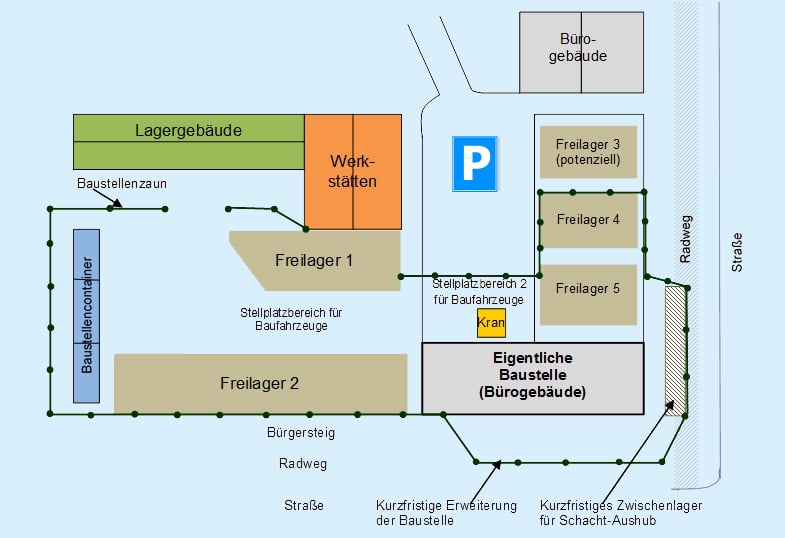PLAVERO
- PLAVERO
- 01.10.2013 - 30.09.2016
- Federal Ministry for Economic Affairs and Energy
- Central Innovation Program for SMEs (ZIM) -Cooperation project KF
- 175,000 euros, of which 10% own contribution
- Prof. Dr. Christian Ewering
- Marius Lüther, Aleksandar Ninkovic, Ralf Siebert
- LMBG Logistik und Management Beratungs. gesellschaft mbH, Deutsche Industrie Video System GmbH, Agilion GmbH (as successor to BUO-DATA GmbH, which left the company after insolvency), Deutsches Zentrum für Luft- und Raumfahrt e. V., Beuth Hochschule für Technik Berlin
Mitigating problems with warehouse logistics
PLAVERO project: Mastering the increasing complexity of logistics networks with software
Nowadays, it is difficult for companies to build or modernize a warehouse using modern identification, location and object tracking technology without encountering a plethora of problems. A variety of technologies are already available for the automatic identification, location and tracking of objects, but these often do not achieve the desired effect. The technologies are often incomplete and result in no or incorrect information being sent back to the warehouse management system. There are uncertainties in the identification of objects, as a result of which the warehouse management system receives incorrect object entries. Necessary retrofitting, such as the installation of new antennas or cameras, results in additional costs. A typical problematic case is open-air storage in construction site areas, where the storage areas are highly dynamic and there is a high potential for conflict.
The continuous development of logistics networks is leading to an increase in the complexity of transport, handling and storage logistics. The latest identification, location and object tracking technology is being incorporated, particularly in the modernization and new construction of warehouses. This technology is available on today’s market in a variety of ways and with different functionalities. The planning and implementation of such a digitally networked logistics system can no longer be carried out purely manually due to the high task complexity and requires competent, individually targeted computer support.

Semi-automated support for delivery strategy and storage on construction sites
The PLAVERO project investigated the field of new planning or modernization of storage objects. The aim was to develop a software system that supports and partially automates the selection of a suitable solution for a storage task. This should facilitate the manual development of a corresponding management system and improve decisions with long-term logistical effects. In order to improve the logistical workflow on construction site warehouses, optimization modules for two components of the construction site warehouse, namely warehousing and storage space, were designed and implemented at the end of the project. For this purpose, an optimal delivery strategy for a required construction material was calculated based on a weighting of the influencing factors using the ABC/XYZ analysis. With the modules developed in the process, the:
- Optimization of the delivery strategy and the
- Optimum storage location allocation of building materials
can be achieved. The following two modules were developed to provide computational support for the planning of location systems in the warehouse:
- Estimating the number of readers for infrastructure-based RFID systems
- Templates for cost/benefit analysis for RFID and barcode reader-based tracking systems.
These modules automate the intermediate steps for cost calculation and the subsequent business analysis. The first module only performs the calculations. The user interface of a PLAVERO toolbox is used to enter and display the results. The second module contains MS Excel templates for cost calculation and an advanced utility value analysis. Furthermore, tests of the PLAVERO toolbox interface were carried out with regard to three fundamental aspects of the web user interface (design, control, user-friendliness). Based on this, an evaluation of the criteria was carried out.
Supported by
